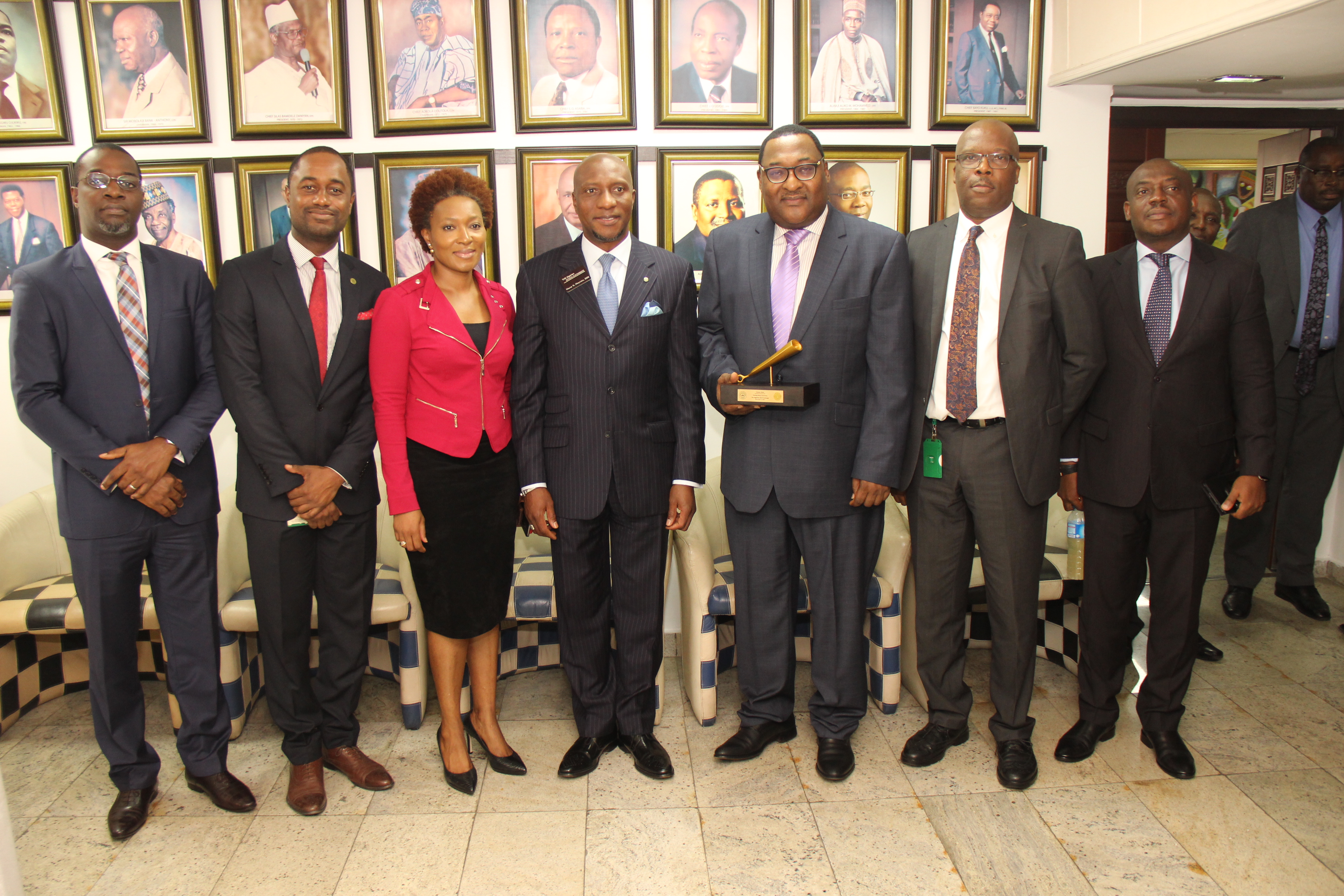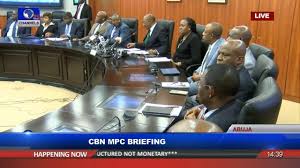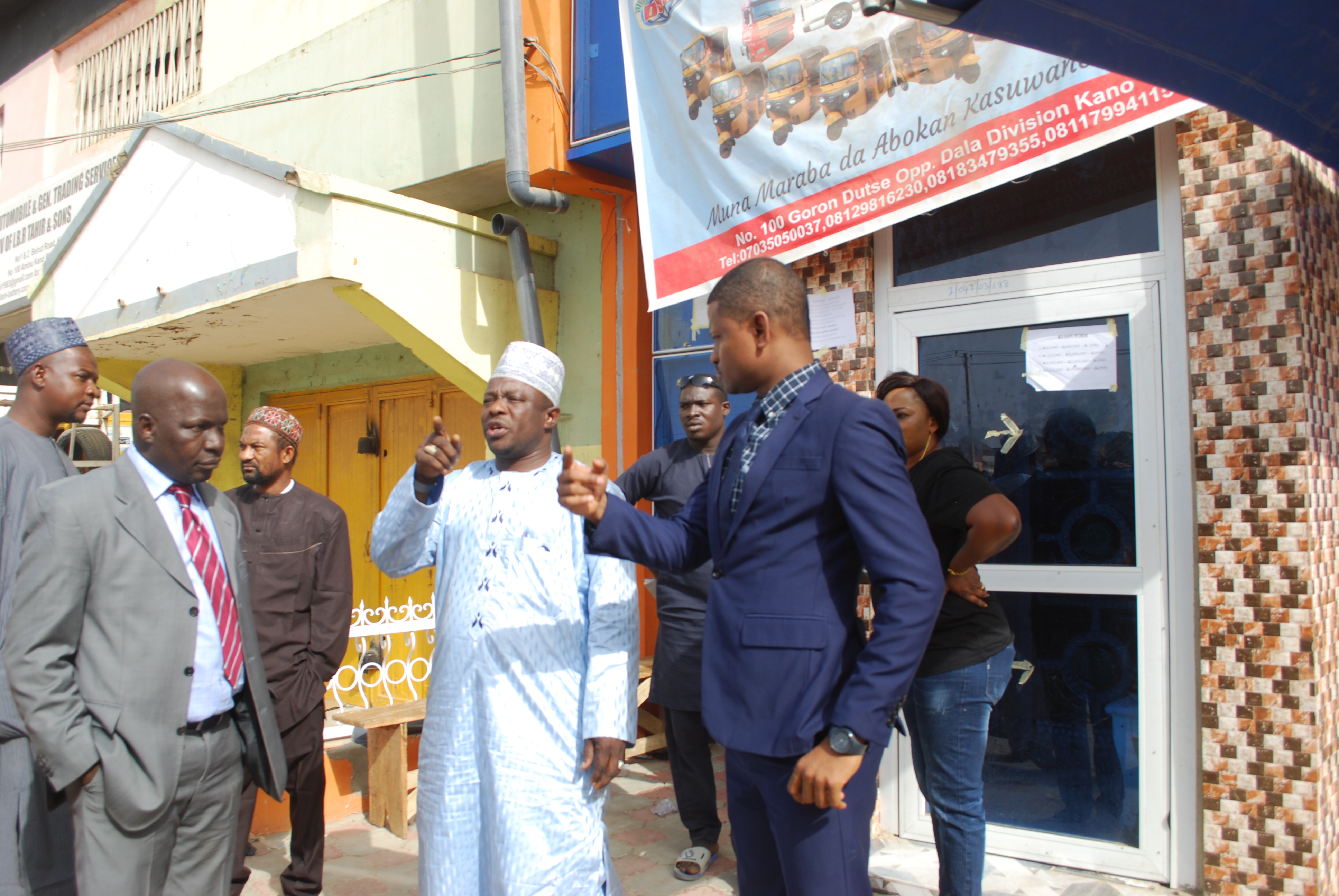By Yvonne Mhango
Yesterday (23 May), we had a 1Q17 GDP data release and a Monetary Policy Committee (MPC) decision out of Nigeria. The rate of GDP contraction is slowing: 0.5% YoY in 1Q17 vs 0.7% YoY a year earlier. The MPC kept the policy rate at 14%, as expected. We think the economy is coming out of recession and that sticky inflation implies upside risk to rates.
Slower rate of decline Nigeria’s economy appears to be slowly coming out of recession (see Figure 1).
Nigeria GDP’s rate of contraction of 0.5% in 1Q17 was slower than 0.7% YoY a year ago, mainly because the non-oil sector started growing again. The (value added in the) non-oil sector grew by 0.7% YoY in 1Q17, vs a contraction of 0.2% in 1Q16.
Food and beverage manufacturing had the biggest rebound: its contribution to growth improved to 0.2 ppt vs -0.3 ppt in 2016 (see Figure 2). The main growth drivers in 1Q17 were the resilient sectors, crop production and telcos. The biggest detractors from growth were oil & gas, wholesale & retail trade, and real estate.
Trade, which we think is a proxy for the consumer, saw its decline deepen to -3.1% in 1Q17 vs 2% growth a year ago. As did the (value added in the) oil sector, which contracted by 12% YoY in 1Q17 vs 5% YoY a year ago (Figure 1).
Growth could return as soon as 2Q17 We think the Nigerian economy could start growing again as soon as 2Q17, albeit
modestly. We maintain our 0.5% growth forecast for 2017, which we think will be led by agriculture, and the oil and manufacturing sectors. Construction exited six quarters of recession in 1Q17; we think a pick-up in government capex from 2H17 implies its recovery will continue. Nigeria’s relatively consistent rainfall implies
agriculture (25% of GDP) is likely to grow by 3.5-4.0%. We expect oil production to improve in 2017, from 1.8mbd in 2016, in part due to the reported tripling of the budget for the Niger Delta amnesty programme. The recovery of food and beverages, which account for almost half of manufacturing, is likely to be sustained in 2017, in our view, partly because of improved FX liquidity. We believe the services recovery will lag that of the rest of the economy, mainly because its performance is linked to that of the stressed consumer. The risk to our outlook is a protracted
recession weakening the case for tight monetary policy.
Sticky inflation implies policy remains tight Nigeria’s MPC kept the policy interest rate at 14%. On the FX front, the Central Bank of Nigeria (CBN) is pleased with the convergence of FX rates, and plans to sustain FX sales. According to CBN Governor Godwin Emefiele, $1.1bn of FX has been sold at the investor and exporters’ FX window, of which less than 30% was due to the central bank. The CBN will not determine where FX rates converge, however its
preference would be “significantly southward”. The MPC wants to allow the existing policies to achieve their intended goals (slow inflation). It is encouraged by slowing YoY inflation, to 17.2% in April (see Figure 4). However, we think the YtD pick-up in MoM inflation implies strong non-food (mainly energy costs) inflationary pressures persist. We also think fiscal spending and CBN financing of the budget deficit are upside risks to inflation. For these reasons, we revise upwards our YE17 inflation forecast to 14% vs 11% previously. Sticky inflation gives us more reason to maintain our hawkish 2-4 ppts rate hike view, by YE17.
▪ Agriculture (24% of GDP) has the least volatile growth rate of all the economic sectors. This is because its largest sub-sector, crop production (22% of GDP), is mainly rain-fed and labour intensive, and rains tend be
relatively consistent in Nigeria. Agriculture grew at a stronger rate of 3.4% YoY in 1Q17 vs 3.1% a year earlier. We expect 3.5-4.0% growth from the sector in the remaining quarters of 2017. The containment of the Boko Haram
insurgency reduces the downside risk to agriculture output from displaced persons that are not able to raise livestock and cultivate the land.
Nigeria: Slower rate of decline
▪ The manufacturing sector (9% of GDP) grew in 1Q17, following four consecutive quarters of contraction. The sector grew by 1.4% YoY vs a substantial 7% YoY contraction a year earlier. Its recovery was largely due to food and beverages, which accounts for 45% of the manufacturing sector.
Food and beverages grew by a solid 4.1% YoY in 1Q17, compared with a sharp 11% contraction a year earlier. The next biggest manufacturing sector is textiles and apparel, which grew by 1.2% YoY vs a 3% decline a year ago. We
believe the improvement in FX liquidity and increased sourcing of local raw materials explain the recovery in manufacturing’s performance.
▪ Services accounts for over half of Nigeria’s GDP (53% in 2016). Services contracted by 0.4% YoY in 1Q17, compared with growth of 0.4% a year earlier.
Services started contracting in 2Q17. The first significant services subsector to go into recession was public administration (2.3% of GDP), in 1Q15, which is a proxy for government consumption. The subsector’s decline was a reflection of the drop in oil revenue that led to a fall in government spending. The good news is that public administration’s decline is getting shallower; the sector contracted by 2.1% in 1Q17 vs a decline of 4.4% YoY a year earlier. The real estate sector (7.2% of GDP) was the next major subsector to decline, from 1Q16.
▪ Wholesale & retail trade (17% of GDP), which accounts for one-third of services, started contracting in 2Q16. Telcos is the one major services sector that has escaped the recession; its growth did slow to 0.9% YoY in 3Q16, but it has since picked up to 2.9% in 1Q17. We think the services sector is likely to exit the recession in 2Q17, mainly due to stronger telcos growth and shallower declines in public administration and real estate. We think wholesale and retail trade, which we think is a proxy for the consumer, is the laggard in the service sector. It
saw its decline deepen in 1Q17 to 3.1% vs growth of 2% a year earlier.






